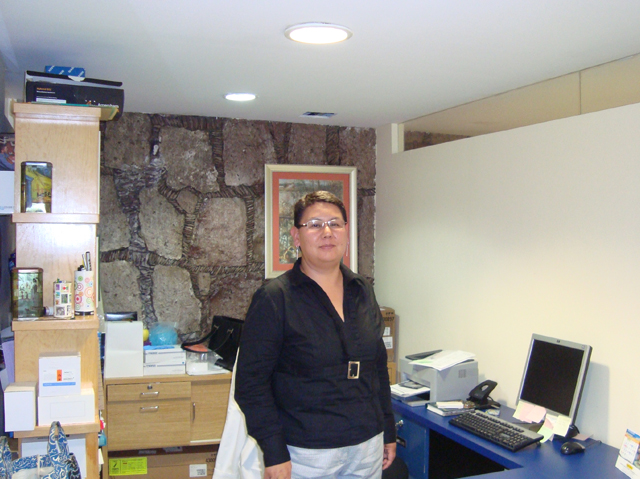
Type 2 diabetes mellitus (T2D) is a risk factor for the development of tuberculosis (TB) through mechanisms poorly understood. Monocytes and macrophages are key effector cells to control TB, but they are also subverted by Mycobacterium tuberculosis (Mtb). Specifically, Mtb can induce a bystander effect that skews monocyte differentiation towards macrophages with a permissive phenotype to infection. Here, we evaluated whether T2D impacts this TB aspect. Our approach was to differentiate monocytes from healthy control (HC) subjects and T2D patients into macrophages (MDM), and then assess their response to Mtb infection, including their secretome content and bystander effect capacity. Through flow cytometric analyses, we found a lower level of activation markers in MDM from T2D patients than from HC in response to mock (HLA-DR, CD86 and CD163) or Mtb challenge (CD14 and CD80). In spite of high TGF-β1 levels in mock-infected MDM from T2D patients, cytometric bead arrays indicated that there were no major differences in the secretome cytokine content in these cells relative to HC-MDM, even in response to Mtb. Mimicking a bystander effect, the secretome of Mtb-infected HC-MDM drove HC monocytes towards MDM with a permissive phenotype for Mtb intracellular growth. However, the secretome from Mtb-infected T2D-MDM did not exacerbate the Mtb load compared to secretome from Mtb-infected HC-MDM, possibly due to the high IL-1β production relative to Mtb-infected HC-MDM. Collectively, despite T2D affecting the basal MDM activation, our approach revealed that it has no major consequence on their response to Mtb or capacity to generate a bystander effect influencing monocyte differentiation.© 2021 Australian and New Zealand Society for Immunology, Inc.








